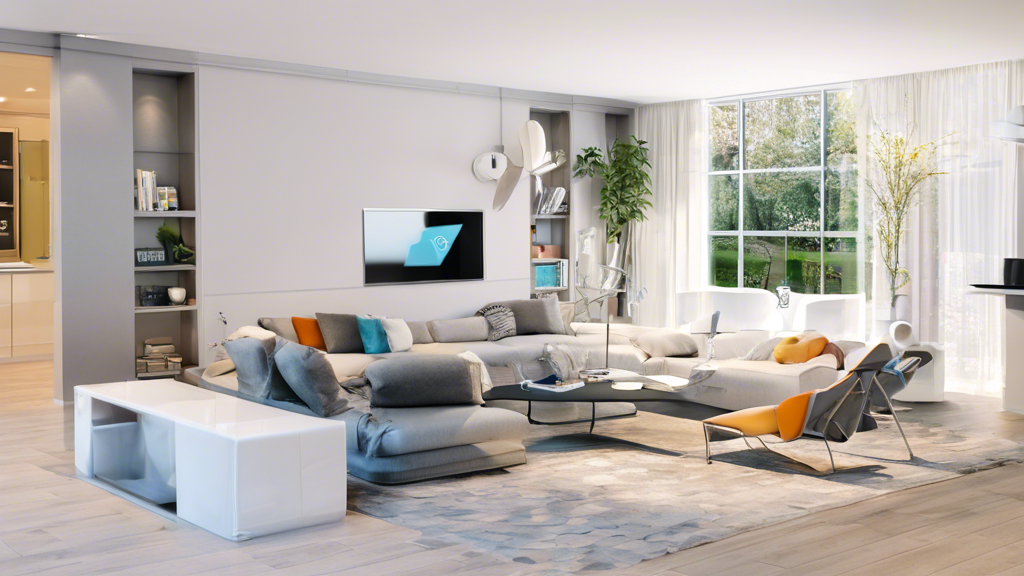A smart home is a residence equipped with internet-connected devices that enable remote monitoring and management of various systems and appliances. Smart homes provide numerous benefits, including increased energy efficiency, enhanced security, and convenience.
The devices within a smart home can include anything from lighting and heating systems to advanced security and home entertainment systems. Control over these devices is typically centralized, creating an efficient and seamless living experience for homeowners.
History of Smart Home Technology
The origins of smart home technology can be traced back to 1975, with the advent of the X10 communication protocol for home automation. X10 allowed various devices in the home to communicate over existing electrical wiring, enabling basic remote control.
The concept gained further traction in 1984 when the American Association of Home Builders coined the term smart house to describe residences equipped with integrated home automation systems. Over the decades, innovations in wireless communication and the proliferation of the internet have spurred significant advancements in smart home technology, making it more accessible and versatile.
Modern smart home systems are far more sophisticated than their early counterparts. They consist of numerous interconnected devices, all of which can be controlled by a master home automation controller, also known as a smart home hub.
These hubs serve as the brain of the smart home, allowing for centralized management of all connected devices. As technology continues to evolve, the capabilities and applications of smart homes will only expand, integrating even more seamlessly into everyday life.
Core Components and Control Mechanisms
Smart home systems are composed of various devices, each designed to enhance the functionality and efficiency of the home. Key components include smart lights, thermostats, security systems, and a range of appliances.
The integration of these devices into a cohesive system is what defines a smart home. Central to this integration are control mechanisms, which can range from physical switches to sophisticated mobile applications and voice commands through home assistants like Amazon Alexa and Google Assistant.
Connectivity protocols play a crucial role in the functionality of a smart home. Devices typically utilize Wi-Fi, Bluetooth, Zigbee, or Z-Wave to connect to the home network and communicate with each other. These protocols ensure that devices can operate both independently and in unison, providing a smooth and responsive user experience.
Advanced smart home systems may also integrate with artificial intelligence (AI), enabling them to learn the habits and preferences of homeowners, thus optimizing performance and efficiency based on usage patterns.
Another significant advantage of smart home technology is its potential for energy efficiency. By automating actions based on the homeowners’ schedules and preferences, such as adjusting the thermostat when no one is home, smart home systems can significantly reduce energy consumption.
This leads not only to cost savings but also to a more sustainable lifestyle. Additionally, enhanced security features such as remote monitoring and automated responses add an extra layer of protection and peace of mind for homeowners.
Popular smart home devices, such as smart thermostats, doorbell cameras, smart speakers, and smart lighting systems, offer a multitude of functionalities and conveniences. As we look to the future, continual advancements in smart home technology, including the integration of AI and machine learning, promise even greater levels of automation and user experience.
The ongoing evolution of this technology ensures that smart homes will become ever more intuitive, efficient, and indispensable to modern living.
Nina Knowles
Related posts
Leave a Reply Cancel reply
About me

Hey! I'm Nina Knowles. I'm a door and window industry professional. I've been in the industry for 15 years, based in LA. It's pretty much a mans world but I graduated in architecture and really loved the way windows and doors make such a huge impact on living conditions. So I embarked on my career in the industry!


Follow us